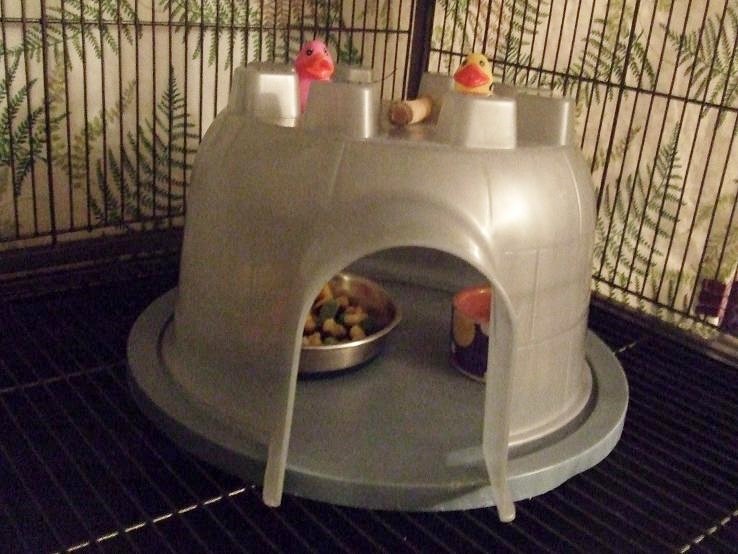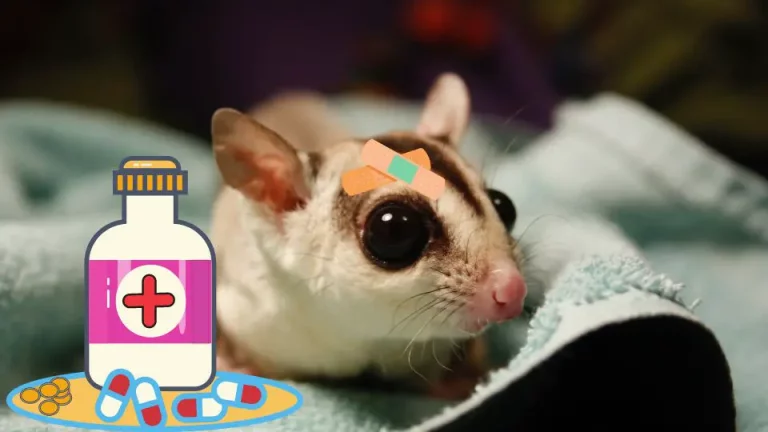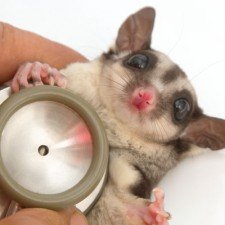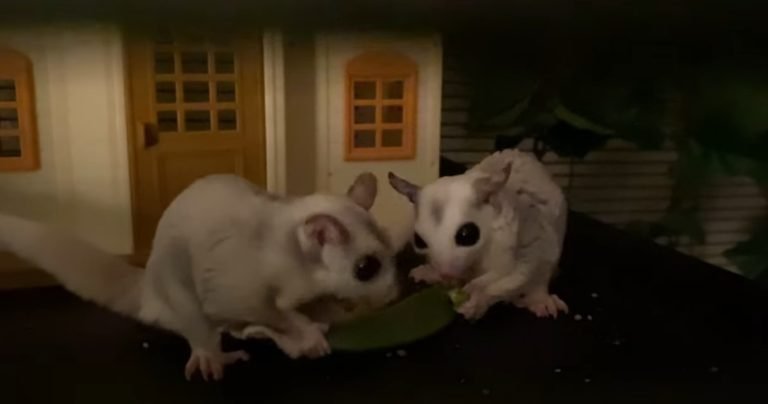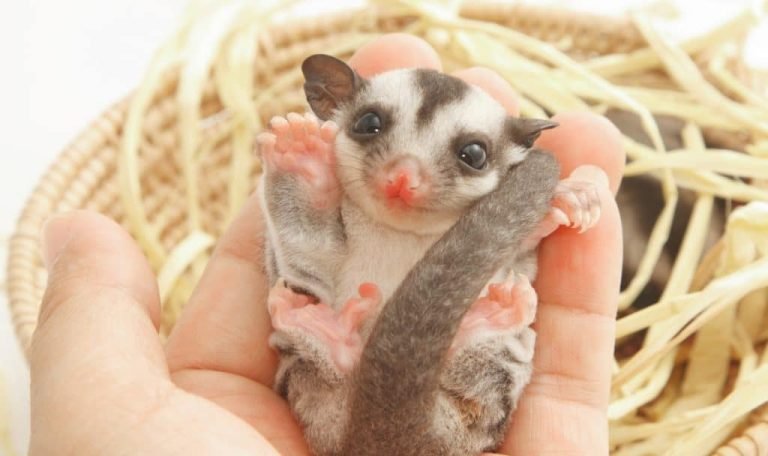How To Cure Sugar Glider Constipation
How to Cure Sugar Glider Constipation: A Comprehensive Guide
Have you noticed that your adorable sugar glider is experiencing discomfort and struggling with constipation? Just like any other animal, sugar gliders can also suffer from digestion issues that can lead to constipation. As a caring and responsible pet owner, it’s important to understand the causes, symptoms, and most importantly, how to treat and prevent constipation in your sugar glider.
What Causes Sugar Glider Constipation?
There are several factors that can contribute to constipation in sugar gliders. Here are some of the most common causes:
1. Dehydration: Sugar gliders need to stay hydrated to maintain a healthy digestive system. Lack of water intake can lead to dry and hard stool, making it difficult for them to pass.
2. Dietary Issues: Feeding your sugar glider an improper diet can also result in constipation. A diet low in fiber and high in processed foods can disrupt their digestive process.
3. Lack of Exercise: Sugar gliders are highly active animals that need plenty of exercise to keep their digestive system functioning properly. Without adequate exercise, they can experience sluggishness and constipation.
4. Stress or Anxiety: Sugar gliders are sensitive animals, and any changes in their environment or routine can cause stress and anxiety. This can lead to digestive issues, including constipation.
Recognizing the Symptoms of Constipation
It’s important to be vigilant and watch for any signs of constipation in your sugar glider. By detecting the problem early on, you can take the necessary steps to alleviate their discomfort. Here are some common symptoms of constipation to look out for:
1. Straining: If you notice your sugar glider is continuously straining to pass stool but is unable to do so, it may be a sign of constipation.
2. Decreased Appetite: Constipation can cause a loss of appetite in sugar gliders. If your pet is avoiding food or eating significantly less, it could be a red flag.
3. Abdominal Discomfort: Sugar gliders with constipation may exhibit signs of discomfort, such as restlessness, pawing at their abdomen, or vocalizing in distress.
4. Hard or Dry Stool: Examining your sugar glider’s droppings is a good way to assess their digestive health. If their stool is unusually hard, dry, or unusually small in size, constipation may be the culprit.

Treating and Preventing Sugar Glider Constipation
Now that you’re aware of the causes and symptoms of sugar glider constipation, let’s explore some effective ways to treat and prevent this condition.
1. Increase Water Intake: Hydration is key to a healthy digestive system. Make sure your sugar glider always has fresh, clean water available. You can also provide water-rich fruits and vegetables, such as cucumbers or watermelon, to encourage additional hydration.
2. Balanced Diet: A well-balanced diet is essential for preventing constipation in sugar gliders. Include a variety of fresh fruits, vegetables, and a high-quality protein source in their diet. Avoid processed foods and provide a proper ratio of calcium to phosphorus.
3. Introduce Fiber: Adding fiber-rich foods to your sugar glider’s diet can promote healthy digestion. Fresh leafy greens, broccoli, and cooked sweet potatoes are excellent sources of fiber.
4. Encourage Exercise: Regular physical activity is vital for keeping the digestive system functioning smoothly. Provide plenty of opportunities for your sugar glider to climb, glide, and explore their surroundings.
5. Environmental Enrichment: A stress-free environment is crucial for your sugar glider’s overall well-being. Minimize changes in their habitat, provide hiding spots, and encourage interaction and playtime.
6. Massage: Gently massaging your sugar glider’s abdomen in a circular motion can help stimulate bowel movements. Be careful not to apply too much pressure, as sugar gliders have delicate bodies.
Frequently Asked Questions
1: Can sugar glider constipation be dangerous?
While constipation itself may not be life-threatening, if left untreated, it can lead to more severe issues such as impaction or megacolon. If you suspect your sugar glider is experiencing constipation, it’s essential to address it promptly.
2: How long does it take to cure constipation in sugar gliders?
The time it takes to cure constipation in sugar gliders varies depending on the individual and the severity of the condition. With appropriate treatment and lifestyle adjustments, mild cases of constipation can be resolved within a few days.
3: Are there any natural remedies for sugar glider constipation?
Alongside the suggested treatments mentioned earlier, some natural remedies can aid in relieving constipation. A small amount of pureed pumpkin or coconut oil added to their food can act as a gentle laxative.
Final Thoughts
As a responsible sugar glider owner, it’s crucial to recognize and address constipation promptly. By ensuring your pet receives a balanced diet, plenty of hydration, exercise, and a stress-free environment, you can help prevent constipation and maintain their overall digestive health. Remember, if you suspect any severe or prolonged constipation, it’s always best to consult a veterinarian who specializes in exotic animals. Your sugar glider’s well-being is worth every effort to keep them happy and healthy!


